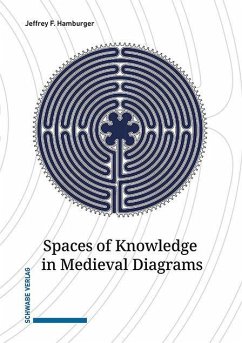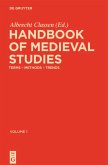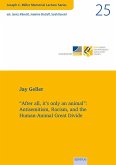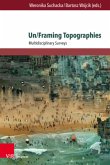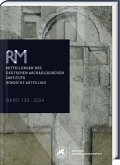The spatial structure of diagrams can be described in algebraic, geometric, cognitive or semiotic terms. Based on the Ur-diagram of the Divided Line in Plato s Republic , diagrams can be understood as representations of the visible and the intelligible world. However, the knowledge thus conveyed is subject to the contingency of material and contextual, i.e., period-specific circumstances. How is the spatial organization of diagrams in medieval manuscripts structured under such conditions? The examples dealt with in this essay range from diagrammaric glosses to the late antique Corpus Dionysiacum to visualizations of the powers of perception and cognition by the Renaissance scholar Charles Bovelles. Medieval spaces of knowledge encompassed not only the confines of libraries or the extended social networks within which books were written, exchanged, and read; they also took shape on the page, most persuasively in the form of diagrams.
Bitte wählen Sie Ihr Anliegen aus.
Rechnungen
Retourenschein anfordern
Bestellstatus
Storno

